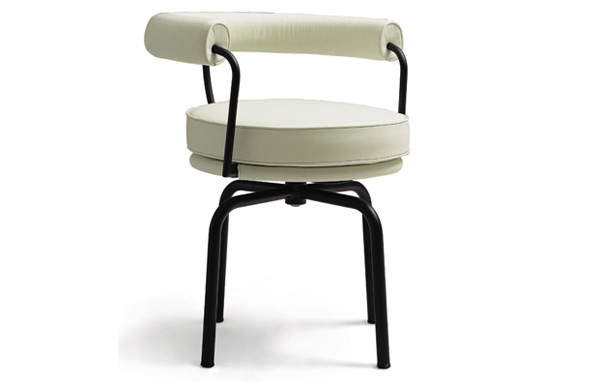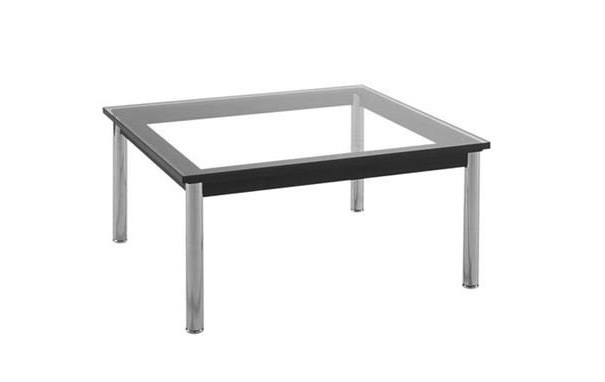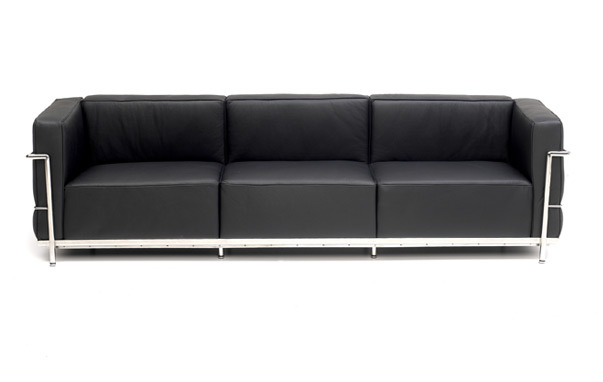Le Corbusier
6th October 1887 – 27th August 1965
Given this laudable aim, it is perhaps ironic that Le Corbusier’s ideas lie behind the tower-block housing estates typically associated with a less-than-optimum quality of life.
Le Corbusier’s grand ideas didn’t stop at the sixtieth floor; his goal was to build an entire city, usually after demolishing the existing one. Several urban developments, including Brasilia (the capital of Brazil), and the Barbican Estate in London have been designed and constructed using Le Corbusier’s theories, and there has been much debate regarding the ultimate success of these developments.
We’re much more interested in his furniture designs though.
Le Corbusier was fascinated with proportional systems, such as the Golden Ratio, and the Fibonacci Series, both of which he integrated into his own system, Modulor. Modulor is based around the Golden Section as it relates to the human body, and the result is architecture and furniture that just *feels* right.
This is reflected in Le Corbusier’s description of his furniture as “extensions of our limbs and adapted to human functions.” Lay down on his famous LC4 Chaise Longue, and you’ll quickly realise what he means – it feels as though it has been sculpted to fit your body precisely, regardless of your physique.
We don’t agree with everything Le Corbusier had to say about modern living – we’re rather relieved that he didn’t get the go-ahead to demolish the centre of Paris, and replace it with a grid of sixty-story tower blocks, for example.
However, even if you’re not convinced by Corb’s famous assertion that your “house is a machine for living in”, we think you’ll agree that his furniture makes it a beautiful house to come home to.

















